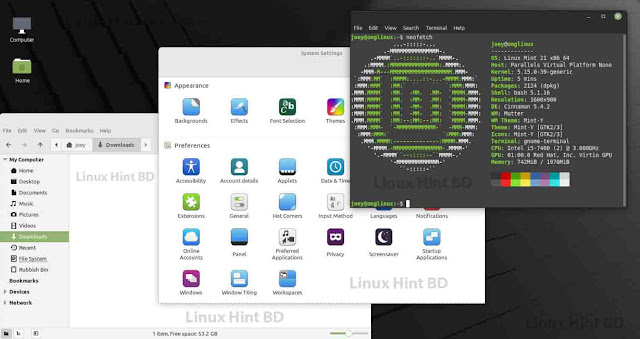How to Define a target profile in virt-v2v.conf

Now that you are able to connect to the conversion server as root, it
must be pre-configured with details about what to do with the virtual
machine it creates. These details are given as a target profile in
the /etc/virt-v2v.conf file on the
conversion server.
Define a target profile in virt-v2v.conf:
As root, edit
/etc/virt-v2v.conf:nano /etc/virt-v2v.conf
Scroll to the end of the file. Before the final
</virt-v2v>, add the following:<profile name="myrhev"> <method>rhev</method> <storage format="raw" allocation="preallocated"> nfs.share.com:/export1 </storage> <network type="default"> <network type="network" name="rhevm"/> </network> </profile>
Where:
Profile Nameis an arbitrary, descriptive target profile name.Methodis the destination hypervisor type (rhev or libvirt).Storage Formatis the output storage format, either raw or qcow2.Allocationis the output allocation policy, either preallocated or sparse.Network typespecifies the network to which a network interface should be connected when imported into Red Hat Enterprise Virtualization. The first network type entry contains details about network configuration before conversion, the second network type entry maps to an after conversion configuration. In the given example, any detected network card is to be mapped to the managed network called rhevm.
Important
The value associated with the
<storage format>tag (in the above example "nfs.share.com:/export1") must match the value associated with the<method>tag. In this example, since the output method is "rhev", the value associated with storage must be an initialized NFS share. For the libvirt method, the storage format value must be an initialized storage domain that exists locally on the conversion server, for example "default".
You have created a target profile that defines what will happen to the virtual machine that results from this P2V conversion.





